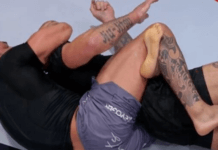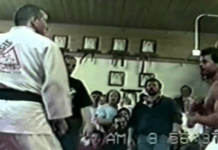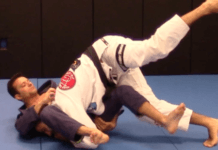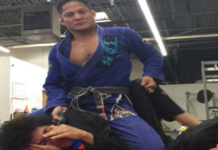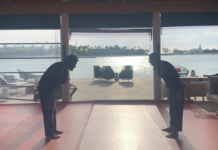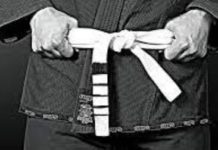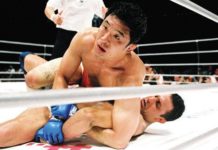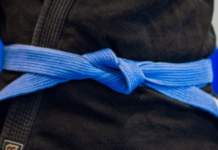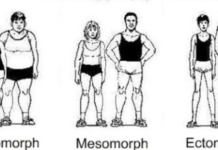Grappling refers to the techniques martial artists use on their opponents in order to improve position, submit or injure the opponent. The types of grappling martial art include Brazilian jiu-jitsu, judo, sambo, and wrestling. The common minor forms – or the less popular forms – include catch wrestling and traditional folk wrestling.
In grappling martial arts, the objective is to take down the opponent and pin them or to catch them in a special chokehold or joint lock that forces them to submit and accept defeat. The types of dress for grappling martial arts include jackets such as the kurtka or go and without – No-Gi. The gi or jacket form mostly uses grips on the jacket to control the opponent’s body while the no-gi form stresses body control of the opponent using natural holds the body offers. Use of jackets is compulsory in sambo, judo, and Brazilian jiu-jitsu competitions.
You possibly know wrestling, jiu-jitsu, judo or sambo and you have an affinity toward one of them. You might also believe that one of them is more effective than other forms. However, to stand out as a complete martial artist, you have to know how the practicians of other styles train, think and fight. The following are introductions to five popular grappling arts –sambo, judo, Brazilian jiu-jitsu, and wrestling. Their strengths and weaknesses will help you identify the most effective grappling martial art.
The Brazilian Jiu-Jitsu
The primary strategy of Brazilian jiu-jitsu grappling martial art is to control and then submit the opponent – by outlasting them when necessary. Also, the artists are smart, patient and are “unbelievable on the ground” In the BJJ all the submissions are allowed. Brazilian Jiu-jitsu practitioners usually don’t have good takedown game, especially when compared to other grappling martial arts. However, there are alternatives to the takedown in BJJ such as guard pulling or jumping the guard
Judo
The strength of judoka are his throws, but they practice chokes and certain locks also. MAin Goal of a judoka is to throw the opponent to win or to earn points. When possible, they also aim to make the opponent submit but submissions are rare in modern judo. Competitive judo is among the lopsided fighting methods because it has many strict rules – no neck locks, no tackles or leg locks. The referee can also separate competitor especially when they are on the ground. Judo practitioners spend a lot of their time practicing throws and mostly neglect critical aspects employed in real fights.
Sambo
The strength of sambo stylists focuses on throws, submissions and ground game. In sambo, there are very few holding and gripping restrictions. This martial art unlike Judo allows various leg attacks but not allowing chokeholds. There is also Sambo variation that allows striking called Combat Sambo. Read more about sambo at this link.
Wrestling
Bruce Lee believed that the hardest guys to beat are the wrestlers. The basic strategy of wrestlers is to crunch their opponents, flatten them – if they know how to fight. Sport wrestlers lack finishing holds. Wrestlers like to ride their opponents to tire them out. One problem wrestlers encounter is forcing their opponents to carry their weight. To defeat a wrestler, you have to remain in better condition and do something that he/she does not know. Check out also differences between Wrestling and BJJ.
Sumo
Despite the obese appearance, to become official rikishis (Japanese term referring to sumo wrestlers) Japanese Sumo wrestlers have to endure vigorous training. Aspiring sumo wrestlers fight their way from the littlest wrestling division known as jonokuchi to the highest levels of makuuchi and juryohis to start receiving their salary and the prestigious title of sekitori (a professional wrestler). The life of sumos in the lower-division is typically less glamorous and includes daily chores, serving the sekitory and small subsistence allowances.
Sumo wrestling matches conclude when the opponent hits the sand with any body part other than the feet or is knocked-out of the ring. The training of sumos involves foot and hand shuffling and other muscle stretching workouts known as matawari and teppo. With the training, sumos are able to use gravity to maximize their balance sense and physically overtake an opponent.
What is the most effective grappling martial art?
It is hard to answer this question because it all depends on your preferences. All these grappling martial arts have certain strengths and weaknesses.However, BJJ excelled in style vs style as seen in early UFCs. My personal opinion is if you can cross-train jiu jitsu with wrestling to achieve the best competitive results.Training both arts allows you to overcome weaknesses of each art.


